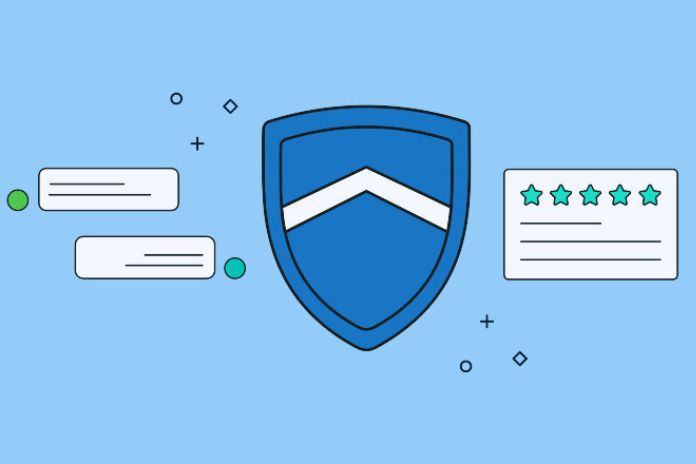The advanced age has drastically changed how brands cooperate with their crowds. This impelled promotion towards new skylines. Nonetheless, this stunning advancement presents weaknesses for these equivalent brands, presented to take a chance that could immediately discolor their standing. At the core of this reflection arises the idea of Brand Security, which we welcome you to investigate in this article.
What Is Brand Safety?
Digital advertising is evolving. Over the past few years, we have seen the emergence of new advertising formats (video ads, native ads, influencer marketing). And while these new formats offer brands immense potential to reach their target audience, they present unknown risks such as:
- the dissemination of advertising messages;
- advertising fraud;
- online crises, etc.
These dangers can harm your image’s appearance if you don’t watch out. In advanced publicizing, brand wellbeing is the answer to avoiding these dangers. Brand Wellbeing alludes to every one of the practices that ensure the distribution of a brand’s promotions. It should be completed in a favorable climate for the brand’s picture.
It is, without a doubt, a showcasing device that guarantees brand security. It offers picture security on a relevant level and addresses the publicist’s issues. Brand Wellbeing accordingly ensures the straightforwardness of the conveyance of ads.
Why Choose Brand Safety?
With the advancement of computerized publicizing, many brands have started contention among their clients. This was basically because of the dissemination of their promotions on inappropriate, sometimes even lawbreaker, locales. Thus, the e-notoriety of these brands wound up in peril for quite a while.
In this setting, Brand wellbeing is fundamental. Past unique open doors, safeguarding trust and e-notoriety comprises the premise of the enduring progress of any brand. Because of Brand wellbeing, brands can profit from remuneration for unfortunate publicizing arrangements.
How Do You Ensure A “Brand-Safe” Environment?
To ensure a brand-safe environment, you can use filters. They allow you to eliminate or limit the distribution of advertisements alongside inappropriate or risky content. These filters may include:
- keywords;
- contextual cues;
- and content categories.
Besides this first solution, Brand Safety allows you to conduct a preventive analysis of the websites on which the advertisements are distributed. This will enable you to ensure that they meet your brand standards. This analysis can be done via algorithms and even manually.
Ensure the Brand Safety of your brand by collaborating with advertising platforms and distribution networks that emphasize this particular characteristic. Implement real-time monitoring tools to detect unwanted associations between ads and online content. This allows rapid intervention in the event of risks.
Large Companies Using Brand Safety
The media and social media scandals that brands face make Brand Safety essential to protect their image. Two major brands have already used Brand Safety to escape a scandal.
H&M
H&M was heavily criticized in 2018 by the media and social networks for an advertisement. And for good reason! This ad featured a black boy wearing a sweatshirt with the words “Coolest monkey in the jungle.” As the ad was accused of racism, H&M removed it and issued a public apology.
Nike
Also, in 2018, Nike faced a lot of controversy with its ad campaign featuring Colin Kaepernick. Indeed, the American football player had taken a stand against police brutality. Nike responded by strengthening its Brand Safety policies. The sports shoe giant has banned its ads from showing hateful or discriminatory content.
In Conclusion
Referring to brand safety the concept of brand safety is a significant issue for all programming stakeholders. Brand Safety guarantees that private marketplaces are suitable. It also offers quality inventories to brands. What’s more, it provides them with a controlled distribution framework. However, do you need it, or do you think there are better ways to protect your brand?
Read Also: How Do You Create Targeted Advertising Campaigns?

